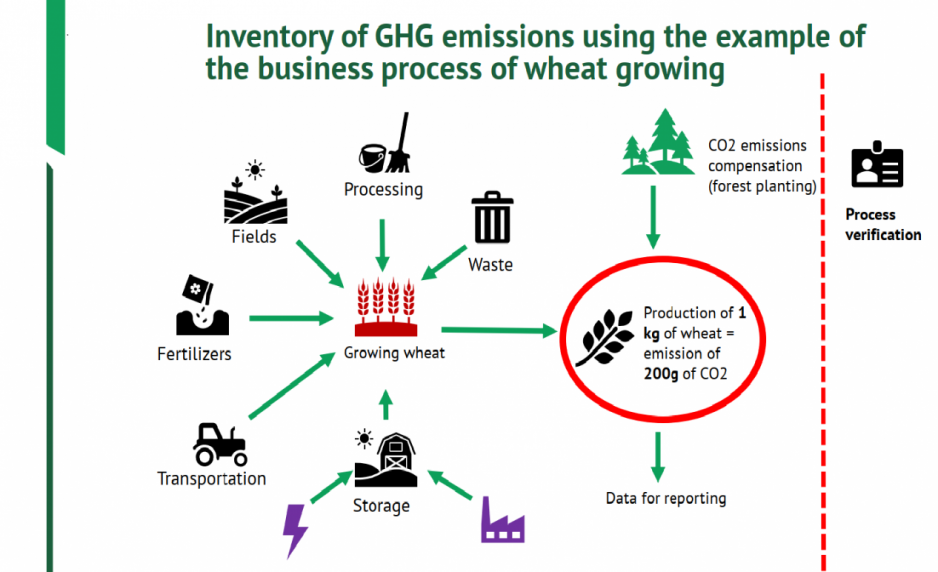
Introduction
This blog outlines key requirements in quantifying the GHG inventory (means measuring or calculating the greenhouse gas (GHG) emissions of something) results of the studied product necessary for public reporting.
Requirements
- Companies shall apply a 100 year global warming potential (GWP) factor to GHG emissions and removals data to calculate the inventory results in units of CO2 equivalent (CO2e). Companies shall report the source and date of the GWP factor used.
- Companies shall quantify and report the total inventory results in CO2e per unit of analysis, which includes all emissions and removals included in the boundary from biogenic sources, non-biogenic sources, and land-use change impacts.
- In addition to the total inventory results, companies shall quantify and report:
- Percentage of total inventory results by life cycle stage
- Biogenic and non-biogenic emissions and removals separately when applicable
- Land-use change impacts separately when applicable
- Cradle-to-gate and gate-to-gate inventory results separately or a clear statement that confidentiality is a limitation to providing this information
- Companies shall not include the following when quantifying inventory results:
- Weighting factors for delayed emissions
- Offsets
- Avoided emissions
- Companies shall report the amount of carbon contained in the product or its components that is not released to the atmosphere during waste treatment, if applicable. For cradle-to-gate inventories, companies shall report the amount of carbon contained in the intermediate product.
- Global Warming Potential (GWP):
GWP is like a measure that helps us compare the impact of different greenhouse gases (GHGs) on global warming. It combines the effects of various GHGs in a way that makes them comparable.
- CO2 Equivalents (CO2e):
When you multiply emissions or removals of different gases by their GWP, you get a standard unit called CO2 equivalents (CO2e). This helps in expressing the total impact in terms of the equivalent amount of carbon dioxide.
- Use of GWP Values:
Companies are advised to use GWP values from specific reports by the Intergovernmental Panel for Climate Change (IPCC), usually from their Fourth Assessment Report. If there are newer values, those should be used.
- Time Period for Calculations:
Even though GWP values are available for different time periods, calculations are commonly done for a 100-year period. This standard recommends using this 100-year metric for consistency.
- Quantifying and Reporting Results:
After collecting and assessing data quality, companies should report their total inventory results in CO2e per unit of analysis (e.g., functional unit).
- Transparency in Reporting:
Breaking down emissions and removals separately in the results helps everyone understand where and when these impacts occur in the life cycle of a product.
- Weighting Factors:
Unlike some methodologies that use weighting factors to account for delayed emissions over time, this standard doesn’t use such factors. Companies can, however, show the impact of delayed emissions separately.
- Offsets and Avoided Emissions:
Offsets are credits companies buy to compensate for their product’s emissions, while avoided emissions are reductions indirectly caused by the product. These should not be subtracted from the total inventory but can be reported separately. - Carbon in Products:
Products often contain carbon, and this carbon may be recycled, released during waste treatment, or stored. Companies should report when carbon is stored instead of being released. - Contained Carbon in Cradle-to-Gate Inventories:
For intermediate products, the amount of carbon leaving the boundary (e.g., at the gate) should be reported. Additional information about the end-of-life properties can also be provided separately.


